World Fine Art Professionals and their Key-Pieces, 481 - Maria Matyja-Rozpara
World Fine Art Professionals and their Key-Pieces, 481 – Maria Matyja-Rozpara
At the Packaging exhibition in Art Center Schiedam I saw intriguing work by Maria Matyja-Rozpara. In her works she uses various materials, including handmade paper made from plant fibers such as yucca, reed, straw and other substances. In the work ‘Coating’ I saw different layers of decayed nature. She has a series ‘Testimonium’, consisting of 10 works, inspired by the Shroud of Turin.
In ‘Coating’ several layers of colored handmade paper were assembled and bonded together. The artwork consists of four parts suspended on strings. Maria Matyja-Rozpara was happy to provide some explanation of her work. The title ‘coating’ has several meanings, she says.
The cycle of life, decay and rebirth
”It primarily means that the coating serves as a trace of existence, a remnant and at the same time a protective shield for the inner essence. This protective layer protects the delicate contents inside while potentially containing traces of an entity that no longer exists. Over time, the coating acquires a beautiful patina, evoking feelings of melancholy and longing for the past, as well as curiosity about the life of the being it protected. The organic nature of the material used in the creation of this work of art also relates to the theme of the inevitability of the end of our existence and to the cycle of life, decay and rebirth, similar to the processes occurring in nature.”
In her artistic work she uses different media, but the main focus is on the themes she explores, she says. ”The main topics I address include reflections on faith and its role in human life as a source of wisdom and spiritual inspiration. I also think about the human condition, the passage of time, and memory. Key aspects of human experience, thoughts on spiritual and existential matters, and the beauty of nature in its many forms are the most important themes of my work.”
Paper made from plant fibers
She uses various artistic techniques. A particularly important material in her art is paper made from plant fibers. ”When used in my works, paper highlights the fragility and impermanence of matter. Because paper comes from nature, it reflects on the delicate beauty of the natural world. It fits well with the themes of change, matter and transformation. The material I use also acts as a symbol, strengthening the message of my works and highlighting their meaning.”
She also creates site-specific installations in unique spaces (f.e. in post-industrial sites) and installations in natural environments (like the work ‘Fluctuations’).
Why is faith and religion so important for her?
The religious theme organizes the hierarchy of existential issues and serves inner development, she says. ”Religion, as a source of wisdom and spiritual inspiration, allows for deep reflection on the beauty and fragility of human existence. Religious inspirations in my works often lead to contemplation of the human condition in a spiritual and existential context. They encourage reflection on the values that guide our lives and our place in the broader scheme of existence.”
By embarking religious themes, she aims to lead the viewer to deeper contemplation and introspection, inspiring the search for inner harmony and understanding. ”My works are intended not only to provide aesthetic experiences but also to offer spiritual and intellectual enrichment, which helps in inner development and a better understanding of one’s place in the world.”
Does Maria have a key work?
She has. It is the series ‘Testimonium’, created between 2015 and 2018. ”The series consists of 10 works measuring approximately 100 x 100 x 15 cm each. It was made from many layers of handmade paper, prepared from plant fibers such as yucca, reed, straw, and others. The inspiration for its creation was the Shroud of Turin, which relates to the testimony of Jesus as the Messiah. In an artistic vision, it conveys the memory of the Body of Christ. The work results from studying those elements of the Shroud that had the closest contact with the Body, traces of specific wounds testified by the Gospel, but also wounds that left no material traces—denial, indifference, betrayal. The object is not a realistic representation but impacts through texture and color.”
Each piece in the ‘Testimonium’ series is an attempt to artistically capture the mystery of faith and spiritual reflection on the passion of Christ, she continues. ”They are not realistic depictions but abstract compositions that, through their form and color, affect the viewer’s senses and emotions. Drawing inspiration from the Shroud of Turin, I aim to convey both the physical and spiritual aspects of suffering and redemption.”
These objects were presented at her solo exhibition at the Museum of Papermaking in Duszniki-Zdrój in 2024. Other key works in her portfolio include ‘Primary Tissues’ created between 2014 and 2016, and ‘Remains of Being’ from 2022.
How long is she an artist?
”From childhood, I showed an interest in the arts, which led me to begin my artistic education at the High School of Fine Arts. I then studied at the Jan Matejko Academy of Fine Arts in Krakow in the Faculty of Interior Architecture, where I graduated in 1983. I also completed postgraduate studies at the same institution in painting, artistic textiles, and unique paper, and postgraduate studies in multimedia at the University of Silesia. I earned a Doctor of Fine Arts degree from the Faculty of Painting at the Jan Matejko Academy of Fine Arts in Krakow.”
She engages in artistic activities in the fields of painting, unique paper, site-specific installations, drawing, and design. For many years, she also worked as an art teacher at the High School of Fine Arts.
She has organized several solo exhibitions and participated in many group exhibitions. She is a member of the Association of Polish Artists and Designers, the Association of Polish Pastelists, and the International Association of Hand Papermakers and Paper Artists (IAPMA).
What’s her artistic philosophy?
”The foundation of my artistic approach is honesty with myself. I do not try to conform to trends or the expectations of others; instead, I follow an inner compass that guides me through the creative process. I believe that only by being true to myself can I create works of genuine value and authenticity. The main theme of my work is the attempt to convey spiritual truths in an abstract form. In my pieces, I strive to use the symbolism of materials and signs to express deep and complex ideas in a way that engages both the intellect and emotions of the viewer.”
Her goal is to create artworks that not only attract the eye but also provoke deeper reflection and dialogue, she adds. ”I hope that viewers, when interacting with my art, will have the opportunity for introspection and the discovery of their own emotions and thoughts.”
Images
1)’Testimonium VIII’, detail, 2) ‘Testimonium – VIII – And Found Them Sleeping’, 2015 – 2018, handmade paper made of plants fiber, 104×96×27 cm, 3) ‘Testimonium – IV – Then Everyone Deserted Him and Fled’, 2015 – 2018, handmade paper made of plants fiber, 112×94×20 cm, 4) Maria Matyja-Rozpara, ‘Coating’, 2021, handmade paper made of plants fiber, embossed print, 51×100×3 cm, 5) ‘Coating’, detail, 6) ‘Remains of Being’, 2022, handmade paper made of plants fiber, linen fiber, 25×150×50cm, 7) ‘Primary Tissues’, 2014-2016, handmade paper made of plants fiber, 200×300×200cm, 8) ‘Ashes’, 2021, handmade paper made of plants fiber, 80×100×20 cm, 9) photo of solo exhibition in the Papermaking Museum in Duszniki-Zdroj, 2024, 10) Maria Matyja-Rozpara and artwork ‘Antinomies’, 2019
https://www.instagram.com/mariamatyjarozpara/
https://www.iapma.info/galleries/Gallery/f8aa5bec-27c3-48cc-afbc-2484dc129cdb
https://stichtingkunstwerkt.nl/exposities/2024/packaging
https://inzaken.eu/2024/07/15/maria-matyja-rozpara-werkt-met-handgeschept-papier-van-plantaardige-vezels/
Disclaimer: The views, opinions and positions expressed within this guest article are those of the author Walter van Teeffelen alone and do not represent those of the Marbella Marbella website. The accuracy, completeness and validity of any statements made within this article are not guaranteed. We accept no liability for any errors, omissions or representations. The copyright of this content belongs to Walter van Teeffelen and any liability with regards to infringement of intellectual property rights remains with the author.

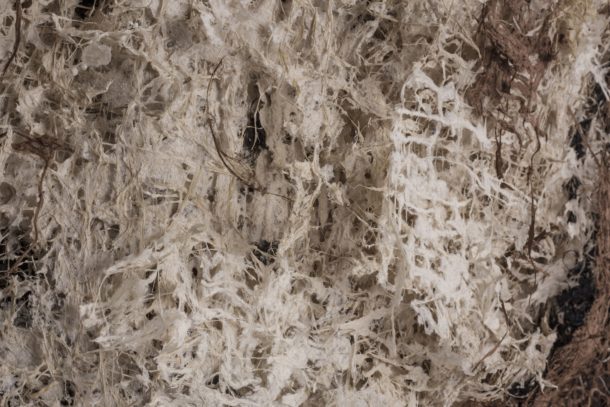
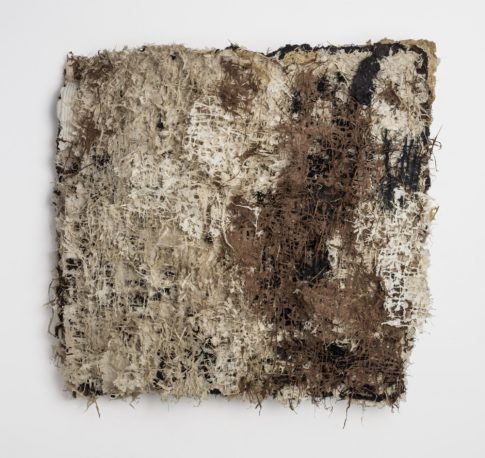
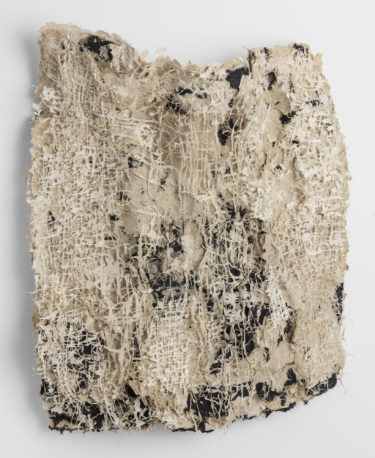
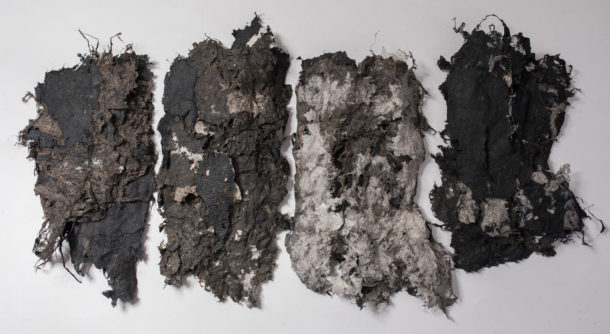
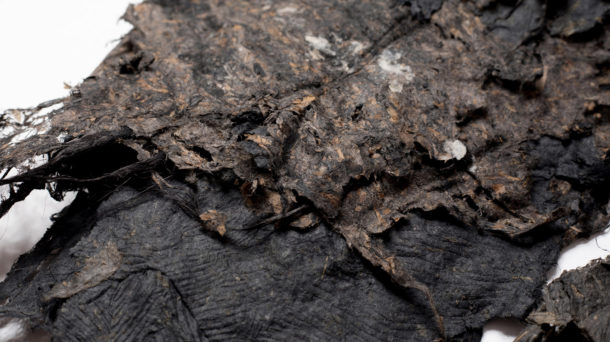
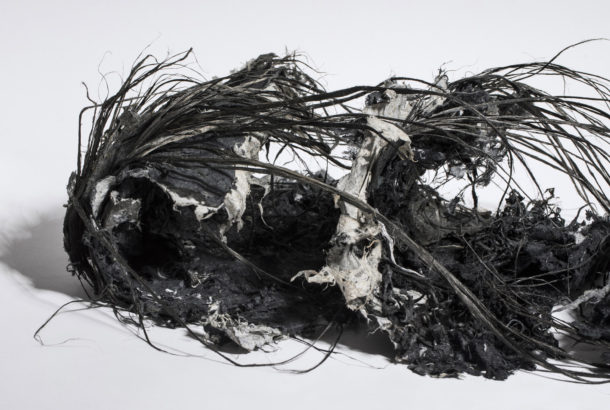


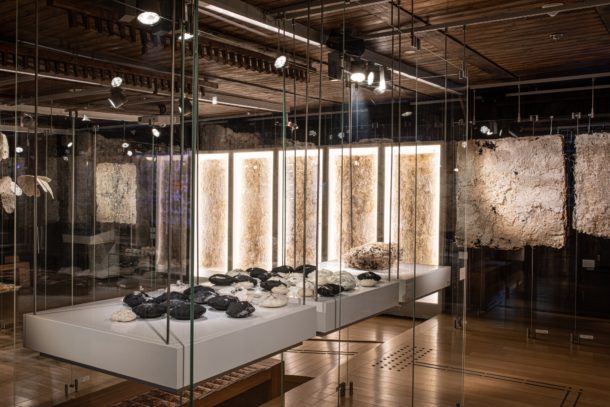
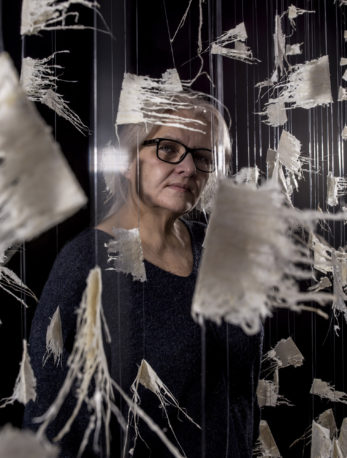














The opinions expressed by individual commentators and contributors do not necessarily constitute this website's position on the particular topic.